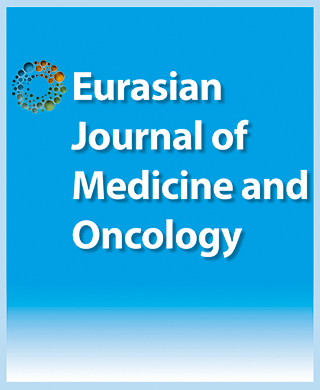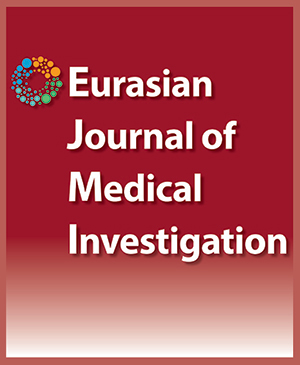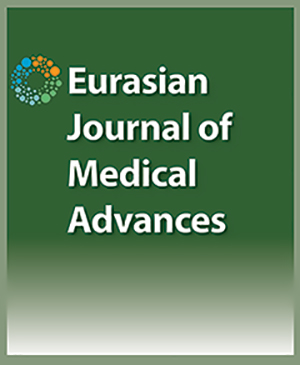

The Association Between Corrected QT Dispersion and Iron Parameters in Hemodialysis Diseases
Bulent Erdogan1, Zerrin Ozturk Erdogan2, Haluk Savli31Deparment of Medical Oncology, Trakya University Faculty of Medicine, Edirne, Turkey, 2Deparment of Internal Medicine, Edirne State Hospital, Edirne, Turkey, 3Department of Internal Medicine, Abant Izzet Baysal University Faculty of Medicine, Bolu, Turkey,
Objectives: Anemia is one of the most common complications to occur in hemodialysis patients. Blood transfusions to correct anemia can result in iron accumulation in the parenchymal tissues. Iron accumulation in the heart leads to fibrosis in the myocardium. The aim of this study was to determine the association between corrected QT dispersion (QTcd) and serum iron parameters in patients with end-stage renal disease. Methods: A total of 80 subjects (60 patients and 20 healthy) were enrolled in the study. Patients were receiving hemodialysis treatment 3 times a week with regular erythropoietin and iron replacement at least once a year. Patients with cardiac insufficiency; diabetes mellitus; ischemic heart disease diagnosed with effort test or coronary angiography; any acute infectious disease; branch block on electrocardiogram (ECG); arrhythmia, such as atrial fibrillation, bradycardia, or tachycardia; patients using any drug that affects QT interval; and patients with electrolyte disturbances were excluded. Blood sample was taken and ECG recordings were made 1 day after routine hemodialysis to ensure that the patient's laboratory tests and ECG parameters were not affected by acute metabolic effects of dialysis. Patients whose corrected QT (QTc) interval was calculated in at least 9 derivations were included in the study. QTcd was measured by calculating the difference between the longest QTc interval and the shortest QTc interval. Results: The hematocrit and hemoglobin levels of patients were statistically lower than those of the control group (p<0.05 for both). Serum iron level and percent transferrin saturation index were similar between groups. Ferritin level of the patients was statistically higher than the ferritin level of the control group (p<0.01). On the other hand, the total iron binding capacity level of the patient group was statistically significantly lower compared with the total iron binding capacity level of the control group (p<0.01). The longest QT interval of the patients was statistically significantly longer compared with the control group (p<0.01). There was no statistically significant difference between the 2 groups with normal and longer corrected QT dispersion (QTcd) in terms of dialysis duration or age (p>0.05). QTcd was not significantly correlated with age, duration of dialysis, calcium, potassium, iron, or ferritin level (p>0.05 for all). A statistically significant correlation was only found between QTcd and transferrin saturation index (r=0.254; p<0.05). Conclusion: The hemodialysis patients had a longer QTcd compared with individuals with normal renal function in our study. A positive correlation was detected between the transferrin saturation index and QTcd. Iron replacement therapy should be administered more carefully and reduced iron concentration and transferrin saturation index should be targeted in hemodialysis patients with QTcd longer than 50 milliseconds.
Cite This Article
Erdogan B, Ozturk Erdogan Z, Savli H. The Association Between Corrected QT Dispersion and Iron Parameters in Hemodialysis Diseases. EJMO. 2017; 1(1): 19-24
Corresponding Author: Bulent Erdogan



